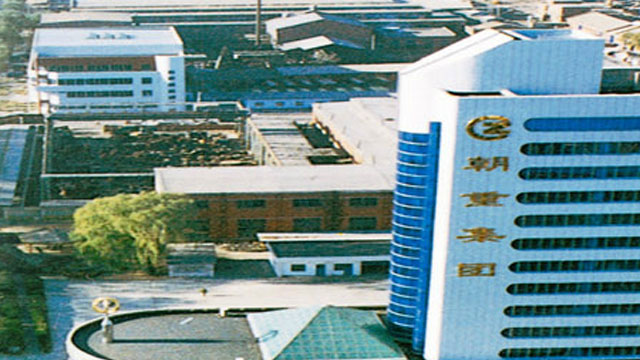When we need to crush minerals into finer particles, the first thing we think of must be the ball mill. This kind of crushing equipment works stably and has good crushing effect. However, we must understand the model of the ball mill before purchasing the ball mill and how to mix the ball loading medium before putting into operation. Let's briefly deal with the common problems of these ball mills.

1. Types of ball mills
According to whether the water ball mill is used in the crushing process, it can be divided into dry and wet. The dry and wet ball mill adopts grate plate mill tail discharge, which is very smooth and stable, but there are many auxiliary equipment of the mill. Wet ball mill has better performance and higher grinding efficiency. It can also process some moisture containing ores. Because it has less auxiliary equipment, the overall investment is much less than that of dry ball mill.
2. Type and characteristics of ball mill
There are two types of ball mills commonly used in concentrators: lattice type and overflow type. Their structures are basically the same. There are only differences in the ore discharge part of overflow type. The main reason is whether there is a fan-shaped lattice plate device. The pulp of overflow type ball mill is automatically discharged through the ore discharge port, while the lattice type has the function of forced ore discharge due to the installation of lattice, so as to increase the processing capacity and reduce the over crushing of ore.
3. Grinding efficiency
It refers to the amount of ore that can be processed for each kilowatt hour (one degree) of electric energy consumed. The expression methods are as follows: the ton of raw ore processed for each kilowatt hour of electric energy consumed, i.e. ton / degree. The tonnage of grinding products is calculated according to the specified level (usually - 200 mesh) for each kwh consumed. Calculated according to the surface area ton / kWh. It refers to the ratio between the content percentage of qualified particle size in the product obtained after grinding and the content percentage of larger than qualified particle size in the ore feed.
In addition, when selecting tubular mill equipment, we must pay special attention to its performance parameters. First of all, we should pay attention to its qualified particle size. The so-called qualified particle size is that its upper particle size limit should be less than the specified larger particle size, and its lower particle size limit should be less than the over crushed part. Secondly, we should also pay attention to its throughput. The throughput of the mill refers to the total ore volume that can be passed in a unit time, which is directly related to the production efficiency of the tubular mill.